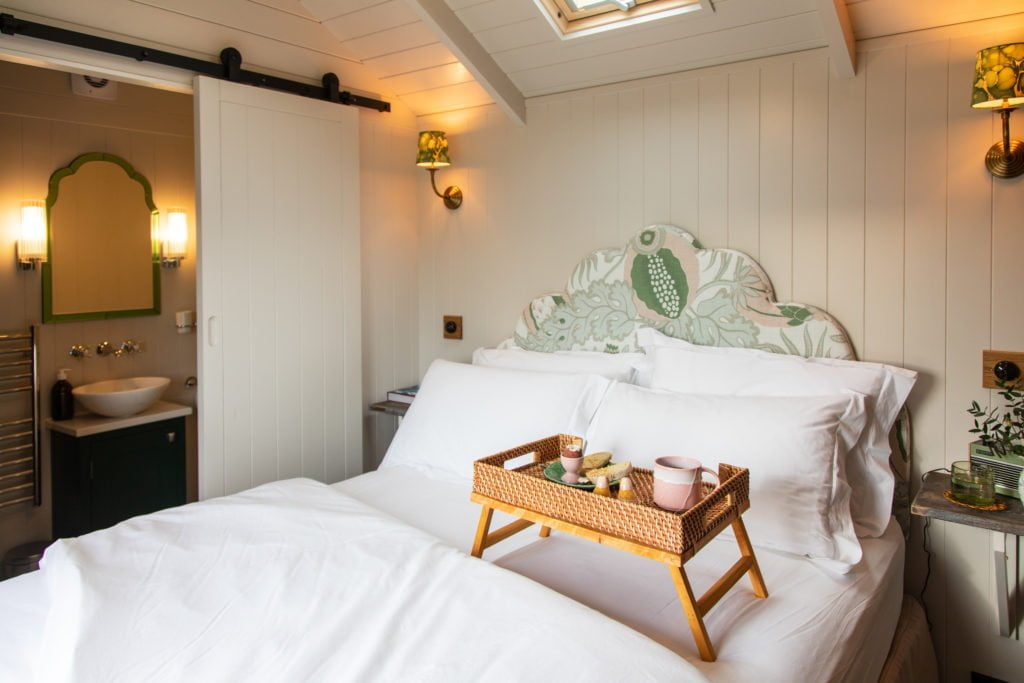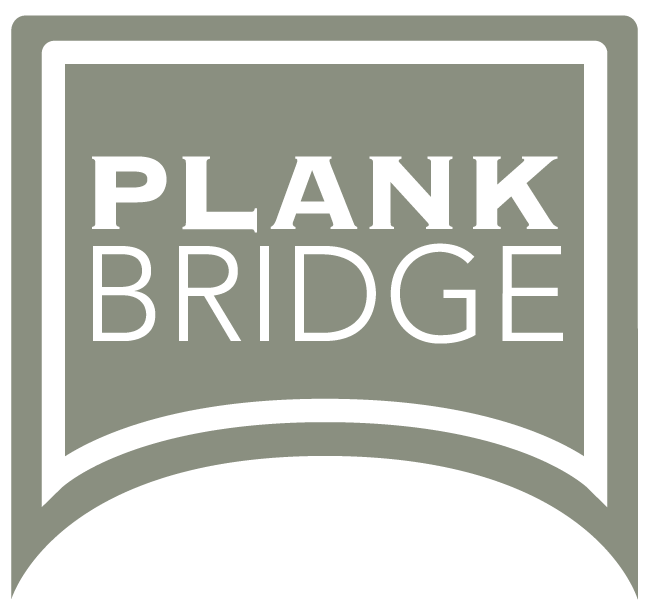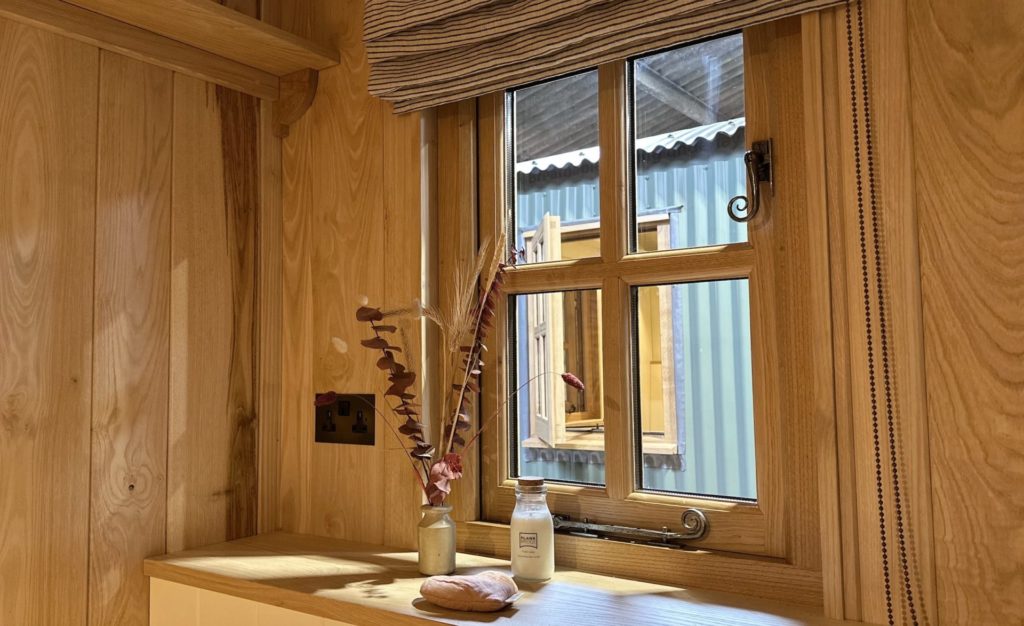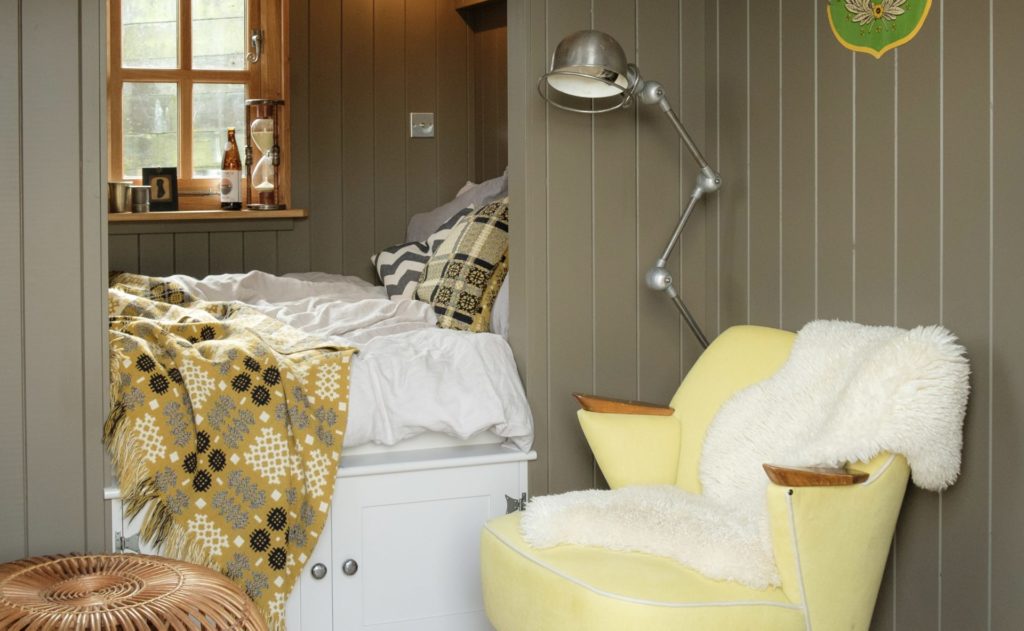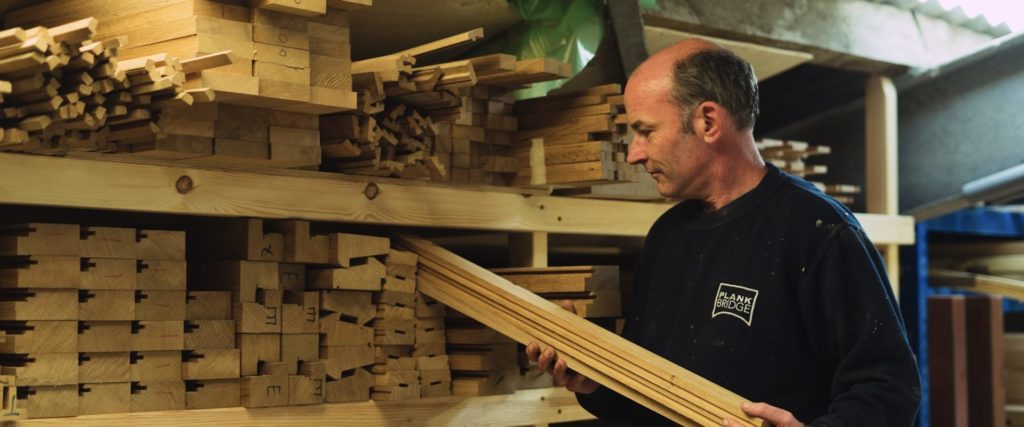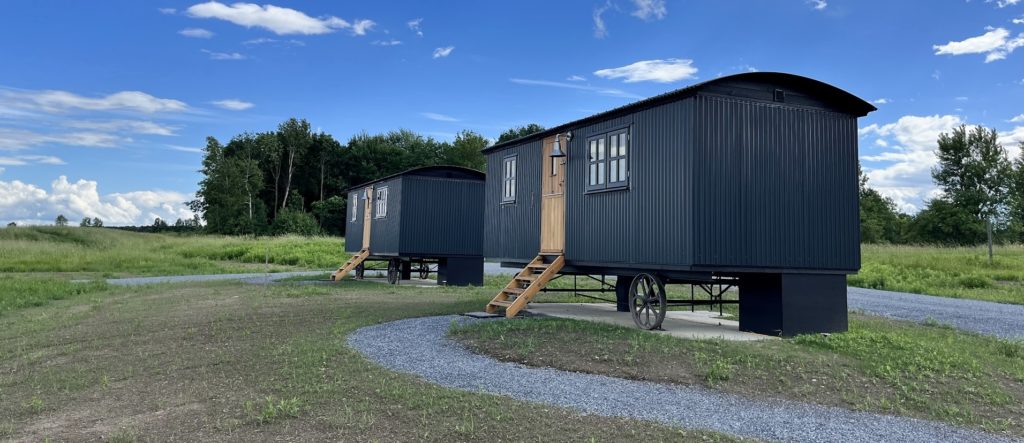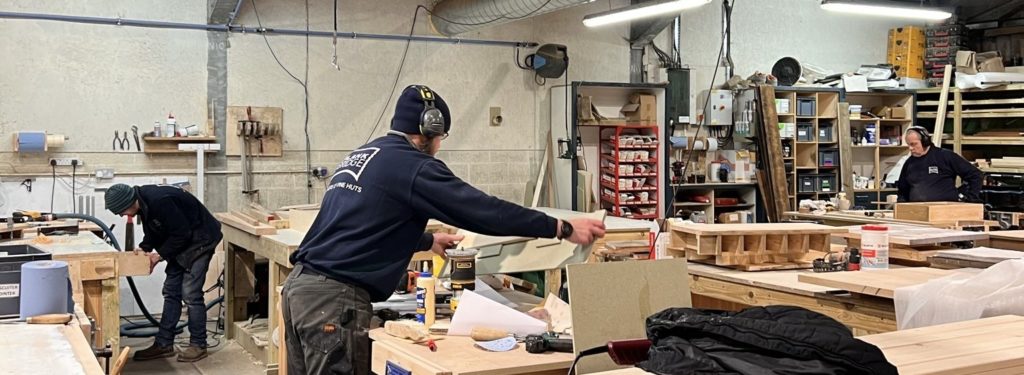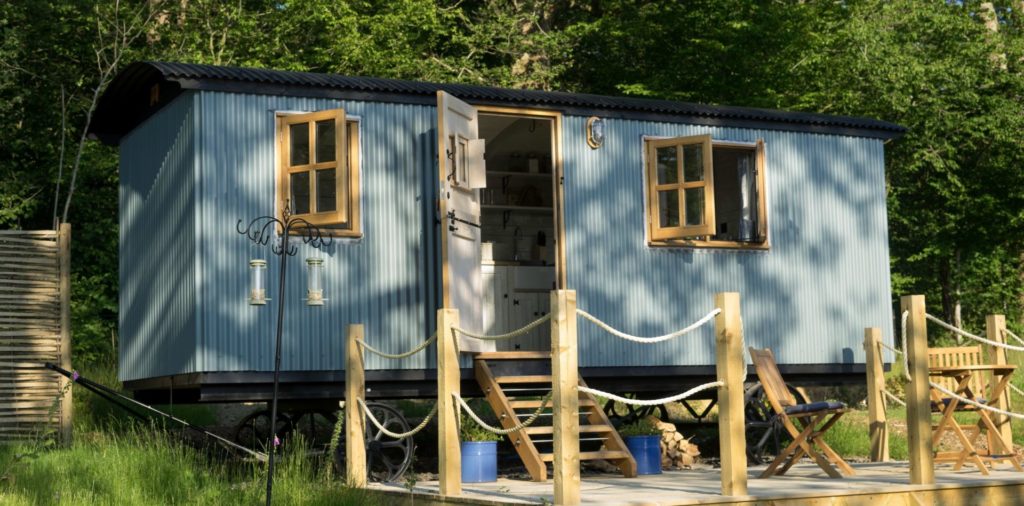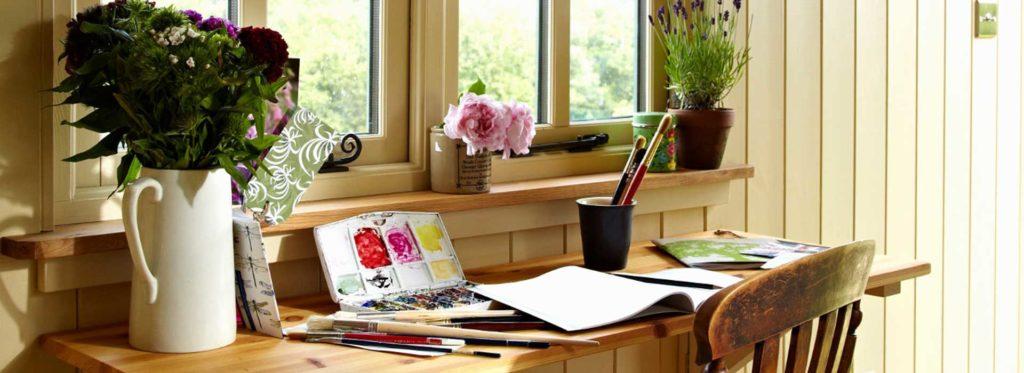Your 8-Step Check List
When it comes to looking for a shepherd’s hut for sale, it’s easy to get caught up in the exciting prospect, but its worth taking a little time to explore the options and consider exactly what it is you need, and to be reassured that you are getting something of heirloom quality that will serve you well.
With over 20 years of designing, manufacturing and installing our handmade snugs and cabins, we have unrivalled knowledge about shepherd’s huts. From planning permission and insurance to material choices and maintenance, we’ve compiled a checklist to ensure you’re ready to start your shepherd’s hut adventure.
Do I need Planning Permission?
Before you get excited by paint finishes and interior options, you may need to look into planning permission. Some people require planning permission for a shepherd’s hut, and most don’t. If your hut is going to be placed in your garden, in the curtilage of your house and is privately used, planning permission isn’t generally required, which makes them a great alternative to an extension. The official wording is ‘the enjoyment of the hut is incidental to the enjoyment of the main dwelling’. If a material change of use occurs, for business use on an agricultural field for example, then planning permission will probably be required, although we haven’t heard of many problems achieving it.
If you intend to use a hut for rental purposes or holiday accommodation, or there’s a permanency to the structure (i.e. your hut has plumbing connected to the drains or septic tank) there is an implied change of use, and it may also be viewed as less portable. If in doubt, remember that the shepherd’s hut itself doesn’t need planning permission, it’s what you are doing with it that might.
What type of chassis is best?
The chassis that your hut is built on is something you should think about. It is crucial to preserving the hut’s longevity, and makes transporting the hut much easier which is ideal if you need to relocate in the future. Some huts are made on wooden axles, and are arguably more likely to suffer from the weather as the junctions between metal and wood are potentially vulnerable and needs careful engineering to be successful in the long term. Our huts are supported by a solid steel chassis and cast-iron wheels, which is why they last for generations.
What interior features should I choose?
We’ve made plenty of unusual huts – moveable spas, party pads and cinemas rooms. You need only be limited by your imagination so a good starting point is to carefully consider the intended use. If you’re utilising the hut as guest accommodation or a B&B retreat, you’ll usually need the full spec of a bed, shower room and kitchen facilities. However, if your hut is being used as a garden office or playroom, you might want more seating and plenty of storage. Either way, consider your ideal interior and let our designers bring your vision to life with CAD drawings and illustrations. Traditional craftsmanship combined with unrivalled technical know-how means a Plankbridge hut will always feel wonderfully sumptuous inside.
What happens if I move house?
One of the many advantages of a shepherd’s hut is that, being portable, you can take your hut with you when you move, or if it was a particularly tricky installation you can sell it the new owner and order a new one. If you simply want to move the position of your hut in your garden – for example to a summer or winter resting spot – our huts have a draw bar on the steering end, meaning they can easily be pulled around using a small tractor, 4×4 or hand winch.
What heating options should I choose?
Before you think about heating, ensure the hut is well insulated. We use British Thermafleece sheep’s wool, which keeps our huts warm in the colder months and cool in the summer. It’s a sustainable and environmentally friendly material too. We can fit traditional wood burning stoves, more quirky solutions such as a small electric Everhot heater with a small oven, cast-iron radiators or the new air conditioning heater / coolers made by Dyson. Any of which ensure your hut remains cosy and comfortable. Don’t choose a wood burning stove over 3 or 4 kW – it will be way to hot.
How long should I expect my hut to last?
A Plankbridge hut is built to last for generations and we are one of the only manufacturers that offers a 20-year structural guarantee. We can do this with confidence because we only use quality (and often locally-sourced) materials. When it comes to design and craftmanship, we continue to innovate and invest, meaning a Plankbridge shepherd’s hut will have been authentically built by a talented team.
How environmentally friendly will my hut be?
We’re firm believers in sourcing wisely and making things last. It’s one of the reasons why Plankbridge shepherd’s huts are made to design principles that are good for both people and planet. Before you buy your hut it’s worth asking a few questions about the materials and manufacturing process.
For example, we have a carefully curated supply chain, featuring predominantly British businesses. We also only use timber and sheet materials which carry certification from the Forest Stewardship Council (FSC) or the Program for the Endorsement of Forest Certification (PEFC) who promote sustainably managed forests worldwide, and we certainly avoid using tropical timbers. We are also the only shepherd’s hut makers to be endorsed by the Royal Horticultural Society.
How much money could I make out of a shepherd’s hut?
With the rise in popularity of glamping staycations, more and more people are using shepherd’s huts to utilise available outdoor space and generate an income. A shepherd’s hut is a great investment and with holiday letting sites such as Canopy and Stars and Airbnb advertising huts for between £100 and £265 a night, even with 50% occupancy at a cautiously low average nightly rate you could generate well over £21,000 a year. Many small scale Glamping businesses achieve 75% occupancy, a good target to aim for, but 75% does need a good setting and all the magic ingredients that guests look for together with a successful marketing strategy. This is probably best achieved by going through an agency and factoring in their commission. Let’s say you could reach 70% occupancy at £120 per night, that’s around £30,000 a year. Other additions, such as the ever popular hot tub, drives the daily rate upwards. Many of our successful venues that we have made shepherd’s huts for are charging £220 per night or more. Imagine a cautious 50% occupancy rate at £220 – that’s £40,000 per year, or at 75% occupancy its an achievable and enticing £56,000. At that rate your shepherd’s hut would quickly pay for itself, whilst also offering a handy bolt-hole for you and your family to enjoy. Successful big hotels charge even more, with a night in a garden wagon at the Pig at Harlyn Bay advertised at ‘from £370 per night’ and that’s a rate that can be commanded by the more established brands. I would suggest that as a start up, a new Glamping shepherd’s hut venue should be looking at between £120 and £160, unless extraordinarily special surroundings, facilities and views allow you to charge more than that from the outset.
We have unrivalled experience in building shepherd’s huts and cabins for successful glamping venues of all kinds, and we are here to help you on that journey.
